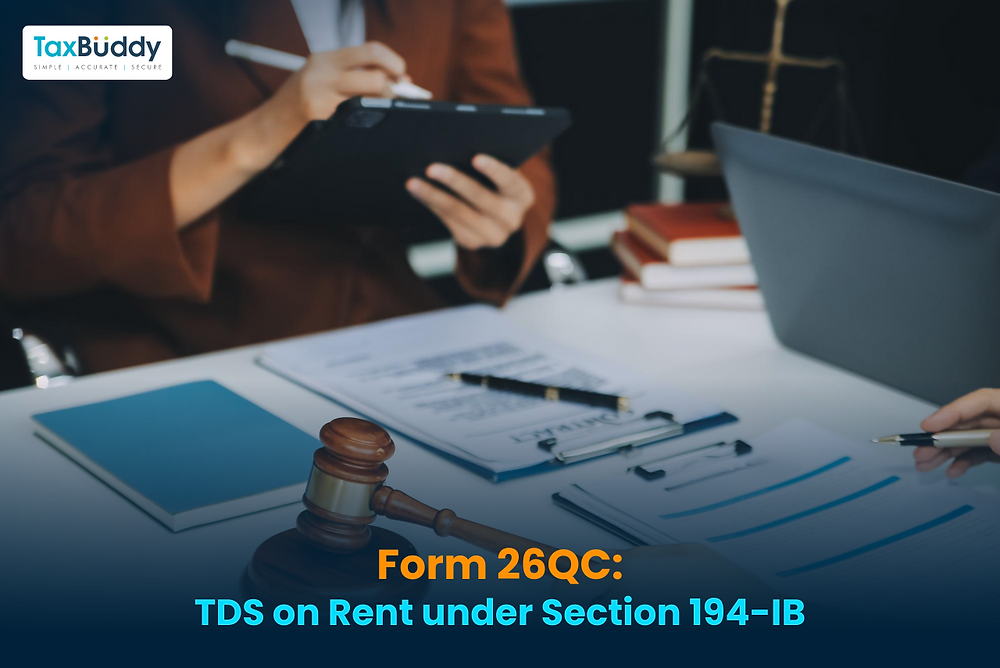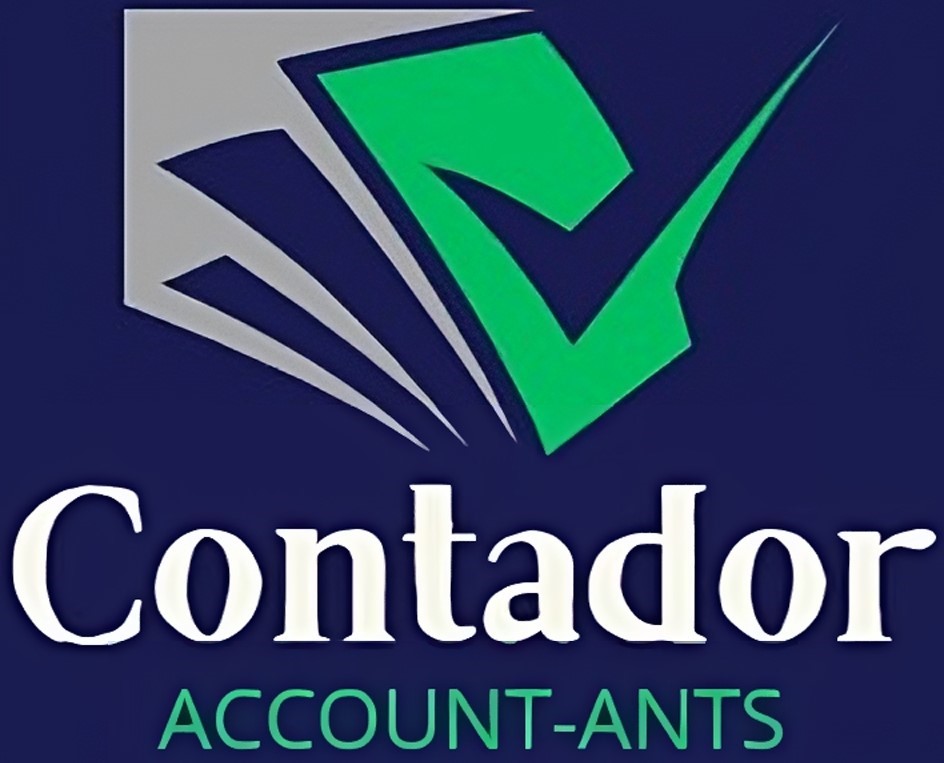
Service Info:
- Short Name : Form 26QC
- Category : TDS
- Subcategory : forms
- Amount : ₹1500.00
Form
26QC is a crucial document for individuals and Hindu Undivided Families (HUFs)
in India who pay significant amounts of rent. It serves as a challan-cum-return statement for reporting
Tax Deducted at Source (TDS) on rent payments under Section 194-IB of the
Income Tax Act. This section was introduced in 2017 to broaden the tax
base and ensure that high rental incomes are brought under the purview of
taxation.
In
simple terms, if you are an individual or an HUF paying rent for a property,
and that rent exceeds a certain monthly limit, you are responsible for
deducting a small percentage of that rent as TDS and depositing it with the
government using Form 26QC. This process helps the Income Tax Department track
rental incomes and ensures tax compliance.
Service Description:
Applicability and
Threshold
Form
26QC applies to individuals and
HUFs who are not subject to a tax audit and pay rent exceeding 50,000 per
month to a resident landlord. This means that if your monthly rent
payment is 50,001 or more, you are required to deduct TDS. The purpose of this
section is to cover individuals and HUFs who were previously not covered under
Section 194-I, which only applied to those whose accounts were liable for tax
audit.
TDS Rate
The rate of TDS to be deducted on rent payable is 5%. However, it's important to note that this rate was temporarily reduced to 3.75% between May 14, 2020, and March 31, 2021, due to the COVID-19 pandemic. As of October 1, 2024, the rate has been further reduced to 2%. If the landlord does not provide their Permanent Account Number (PAN), the TDS rate increases to 20%. However, the total TDS deducted should not exceed the rent payable for the last month.
Time of Deduction
TDS
under Section 194-IB is generally deducted once in a financial year.
It should be deducted at the earlier
of the following events:
- Credit
of rent for the last month of the previous year.
- The
last month of tenancy if the property is vacated during the year.
- Payment
of rent in cash or by bank transfer.
For example, if a tenant pays rent monthly, they are typically required to deduct the TDS for the entire year in the last month of the financial year (March) or the last month of their tenancy.
Filing Form 26QC
Form
26QC is a challan-cum-return statement. It needs to be filed online
through the official Income Tax Department portal. The due date for
filing Form 26QC is within 30 days from the end of the month in which the tax
deduction is made. For instance, if TDS is deducted in March, the form must
be filed by April 30. If the rent agreement spans multiple financial years,
Form 26QC needs to be filed at the end of each financial year.
Key details required
for filing Form 26QC include:
- PAN and name of the tenant.
- PAN and name of the
landlord.
- Address of both tenant and
landlord.
- Mobile number and email ID
of both parties.
- Address of the rented
property.
- Period of tenancy (number of
months).
- Total value of rent payable.
- Amount of rent paid in the
last month.
- Date of payment and date of
tax deduction.
- Type of asset (Land/Building/Both).
- Bank payment details.
It's important to have all this information ready as the online form typically has a time limit for completion.
No TAN Requirement
Unlike many other TDS provisions, individuals and HUFs deducting TDS under Section 194-IB are not required to obtain a Tax Deduction Account Number (TAN). They can use their PAN for compliance.
Form 16C
After
deducting and depositing the TDS, the tenant is required to issue a TDS
certificate in Form 16C to the landlord. Form 16C is similar to Form 16
(for salary) or Form 16A (for other payments) and serves as proof that the TDS
has been deducted and deposited on the landlord's behalf. The tenant must
provide Form 16C to the landlord within 15 days from the date of filing
Form 26Q. Form 16C can be downloaded from the TRACES portal.
Penalties for
Non-Compliance
Failing
to comply with the provisions of Section 194-IB can lead to significant
penalties. These include:
- Interest Penalty:
- 1% interest per month for delays in
deducting TDS.
- 1.5% interest per month if TDS is deducted
but not deposited with the government.
- Late Filing Fee: A penalty of 200
per day for delays in filing Form 26QC. This fee cannot exceed
the total TDS amount.
- Fixed Penalty: A penalty ranging
from 10,000 to 1,00,000 may be levied for late filing
beyond one year or for filing incorrect returns.
- Penalty for not issuing Form
16C: A
penalty of ?100 per day for delays in issuing Form 16C to
the landlord.
In
severe cases of non-deduction and deposition, the tenant may be treated as an
"assessee in default" and could face prosecution proceedings,
potentially leading to imprisonment.
Corrections to Form 26QC
Corrections
to Form 26QC can be made online through the TRACES portal. Details that can be
corrected include tenant and landlord information (name, address, PAN), date of
rent payment, date of TDS deduction, amount of TDS, property details, and
rental charges. The correction request typically requires verification, which
can be done through a Digital Signature Certificate (DSC), approval from the
Assessing Officer, or internet banking

